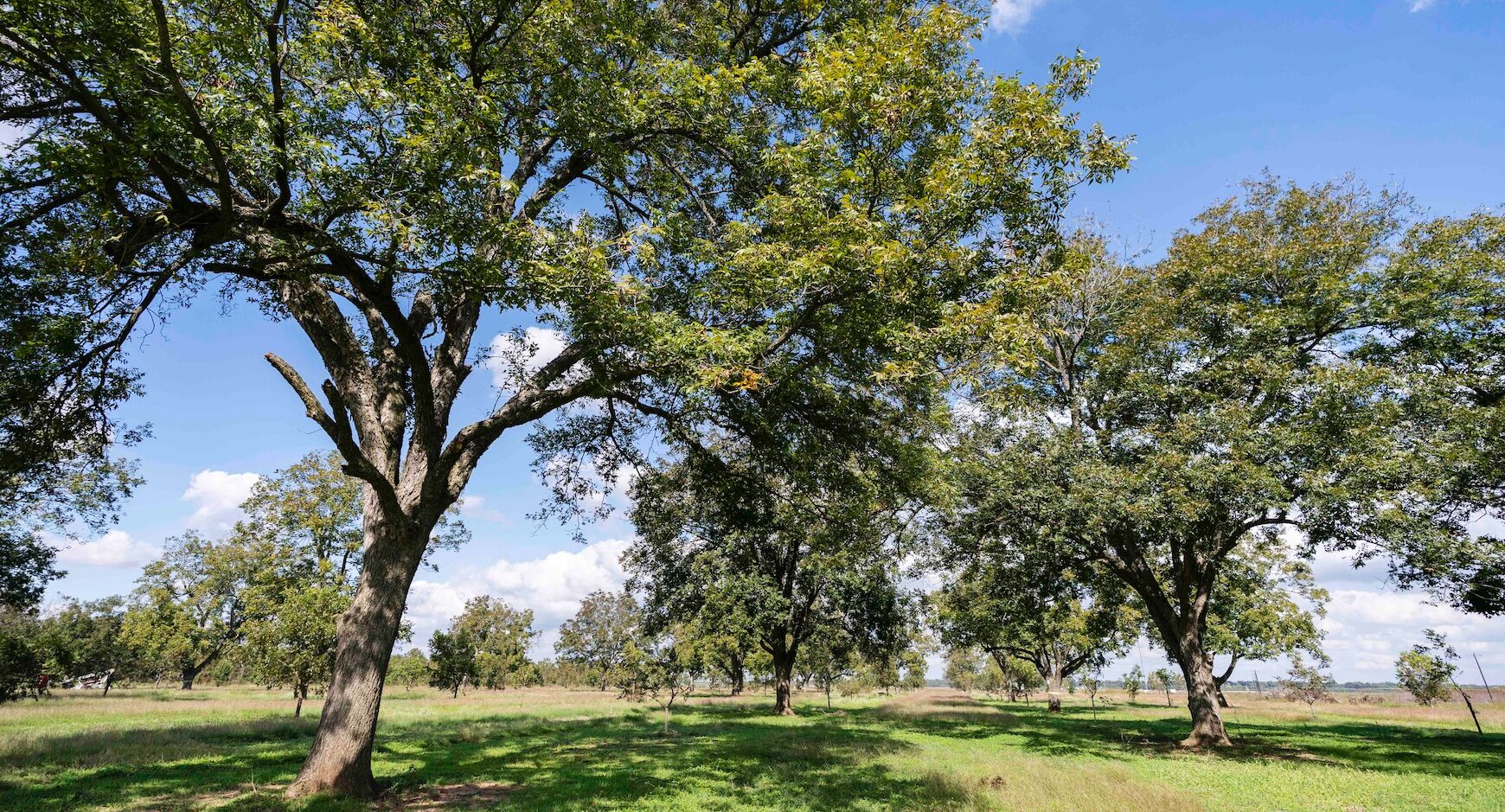The number of H-2A workers in the country increased by more than four times since 2005 (Figure 1). In the last two years, over 370,000 H-2A positions were certified each year. Each worker was employed for an average of six months. Despite such growth, the program supplies only 10 percent of the farm sector’s labor needs. This is a conservative lower bound compared to earlier estimates since this calculation accounts for H-2A’s restricted employment duration and the farms’ actual year-round labor requirements (Costa, 2023).
The current H-2A model is clearly a mechanism for hiring seasonal and temporary workers only. Seasonal labor demand arises during a short time segment(s) of the production cycle. Therefore, farm operations with longer production cycles and requiring help on more complex farm tasks usually face the challenge of recruiting and training, which comes at a significant cost compared to retaining a workforce from year to year. This lack of farm work continuity causes uncertainty and inefficiencies in farm management.
Based on the distribution of H-2A workers according to job classifications (Figure 2), workers on ranch and livestock (animal-based) operations accounted for only 4 to 5 percent of all H-2A labor in the last four years. This confirms USDA-ERS estimates of the livestock farms’ share in H-2A employment at around 4-8 percent (Castillo et al., 2021). This low H-2A patronage can be partially attributed to the livestock production cycle. Although many ranch operations are labor intensive, the industry’s need for year-round labor cannot be filled by seasonal, temporary H-2A work contracts.
The U.S. House of Representatives has introduced H-2A program reforms under its Farm Workforce Modernization Act (FWMA) bill. The bill was introduced in both the 116th and 117th Congresses in 2019 and 2021, respectively, but was subsequently rejected by the Senate in both attempts.[1] Last year, several legislators revived and developed a more recent version of the bill (FWMA 2023), which is currently under review by the House’s Committees of Jurisdiction, to be potentially taken up at the 118th Congress this year.
FWMA 2023 contains specific provisions designed to accommodate the needs of year-round farm operations. The bill proposes to allot a maximum of 20,000 H-2A visas per year (over a 3-year period) for year-round employers like dairy and other livestock farms. As an incentive for foreign workers to be continually employed, the bill offers them a path to permanent residency after 10 years of accumulated farm working experience.
The farm sector will likely benefit from FWMA’s intention to lay out a definite path for workers to acquire permanent residence status. Foreign workers’ commitment to meet the 10-year employment tenure requirement will assure the farm sector of a more stable supply of reliable workers. However, such economic benefits may be realized only in the short-term. Past studies conclude that while the farm sector subsists on foreign labor, gross disparities in the compensation structures of farm and non-farm employers usually lead to substantial migration of workers away from farms into non-farm employers offering higher wages and fringe benefits (Luo and Escalante, 2017). Meanwhile, after exhausting all available family and local sources of labor, farms are usually left to rely on foreign workers, who are either bound to work under a labor contract (the H-2A case) or are desperate to survive, hence would cling on to and endure farm work (the undocumented workers’ case). When qualified H-2A workers eventually obtain green card status, the question remains whether their newly acquired employment flexibility will not lure them away from farm employment.
Figure 1. H-2A Job Petitions Approved, Certified, and Issued with Visas, 2005-2022

Figure 2. Certified H-2A Positions by Job Titles, H-2A Selected Statistics, 2020-2023

[1] Among the reasons why the FWMA failed to pass in the previous two attempts include a provision that would have allowed farmworkers to file lawsuits against employers. The current version of the FWMA seems to have taken such past issues into consideration in the hopes that it will be passed successfully this time.
References:
Castillo, M., P. Martin, and Z. Rutledge. (2022). The H-2A Temporary Agricultural Worker Program in 2020. Economic Information Bulletin #238, Economic Research Service, U.S. Department of Agriculture. Washington, DC.
Costa, D. (2023). “How many farmworkers are employed in the United States?” Economic Policy Institute Working Economics Blog. Available online at https://www.epi.org/blog/how-many-farmworkers-are-employed-in-the-united-states/#:~:text=If%20we%20use%20a%20low,crop%20employment%20on%20U.S. %20farms. Accessed on January 30, 2024.
Luo, T., and C.L. Escalante. (2017a). “US farm workers: What drives their job retention and work time allocation decisions?” Economic and Labor Relations Review. 28,2: 270-293.
Escalante, Cesar L., Shree Ram Acharya, and Alejandro Gutierrez-Li. “Reforming the H-2A Guest Farmworker Visa Program: Sectoral Coverage Expansion and Workers’ Path to Permanent Residency.” Southern Ag Today 4(10.3). March 6, 2024. Permalink


